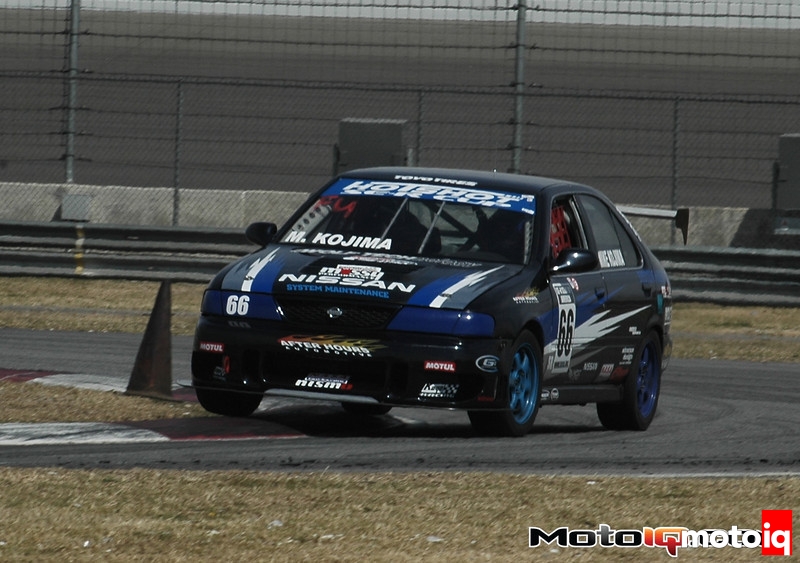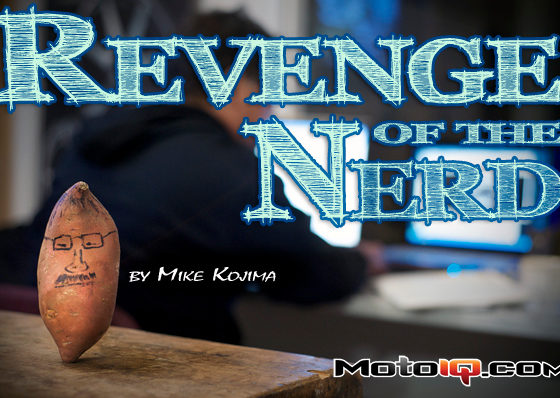
The Ultimate Guide to Suspension and Handling: Part II – Controlling Body Motion
Previously, we addressed the most important aspect of handling, the tires. The next important suspension trick to increase grip is to reduce body motion such as roll under hard cornering, dive under braking and squat under acceleration. In later editions of this series we will get into the technical aspects of chassis dynamics but for now we are covering the basics and will gradually get into the harder to understand parts of the subject.
Check out part one of the series here!
 |
This 60's car shows all of the potential bad handling attributes that can be caused by excessive body roll. First the suspension is bottomed on the outside wheels causing a serious loss of traction, then you can easily see the huge amounts of bump and toe steer caused by the large amount of suspension stroking going on. Look at how the tires are pointed in different directions by inches! Next you can see how the camber is so far off, the tires are grinding on their edges. This car is so out of kilter it is in serious danger of rolling. Thank God they don't build them like they used to. |
Contrary to popular belief, body motion does not harm grip during cornering due to weight transfer to the outside wheels in a hard turn. Other things are the major contributors to weight transfer and we will get into that later. You want to reduce body motion because it slows how responsive the car is to inputs from the steering, brakes and accelerator, things that you, the driver use to control the car. Body motion also gives the impression that the car is not handling well, roll, dive, squat and wallowing do not give a feeling that inspires confidence that a high performance car should have; instead these attributes are more appropriate for a boat or an aging baby boomer’s ride to a long dirt nap. Watch an F-1 car in a turn; it nimbly darts around the corner with hardly any body motion. Now watch an SCCA showroom stock racer, it leans squirms and squeals its way around the track at a much slower pace.
 |
This Lamborghini Countach cornering at the limit shows that older exotics were not perfect. Note the extreme turning angle indicating that the front tires are sliding in understeer. This is because the outside front suspension has bottomed out causing the front tire to lose grip. However notice that the tread of the outside front tire's tread is flat on the ground due to the Lambo's more sophisticated suspension geometry than the old 60's car above. |
 |
Sorry to use this photo again but here is the Dog II under heavy cornering load. The Dog II is based off of a Nissan Sentra, an Economy sedan with relatively crude suspension, however the suspension geometry has been reworked to optimize it as best as possible. It also uses pretty sophisticated dampers, sway bars and high rate springs. Look how the body roll is under control and the camber is keeping the tires' tread flat, even though they are distorted under side load. By looking at the tire steering angle and attitude, you can tell that the car is well balanced without excessive understeer. The distortion shows how hard the tire is being used. This little Sentra is pulling much more G's than the Lamborghini above. Surprisingly, if someone would be willing to spend the money, the Dog II's suspension is pretty streetable. |



